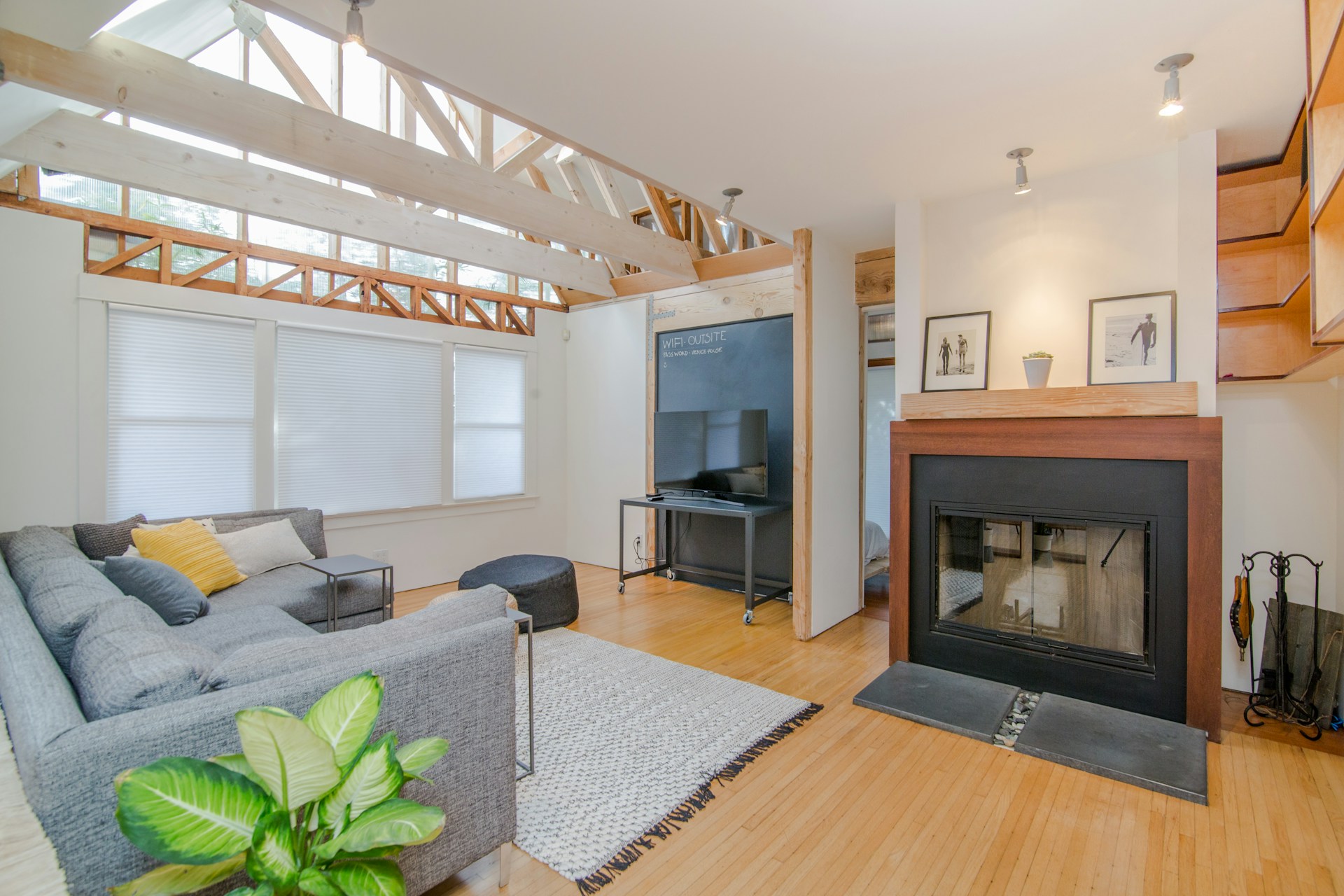Living as a Digital nomad in Ireland: Life and work guide
Become a digital nomad in Ireland: Available visas, cost of living, taxes, and the best places to live based on your budget.
Is your dream to live in the “Emerald Isle” but don’t know where to start? Here’s how to make it happen! Well, get ready because at Holafly we guide you step by step through all the aspects you need to examine to be a digital nomad in Ireland.
Grab a notebook or save this info! We’ll cover visas, taxes, and the cost of living in this stunning yet pricey European destination. Enjoying a coffee with an emerald-green landscape as your backdrop is an experience worth every penny!
Why choose Ireland to live as a digital nomad?
Ireland is becoming a top destination for digital nomads thanks to its job opportunities, high quality of life, and welcoming atmosphere. Here are the main reasons why Ireland stands out as an ideal place to live and work remotely:
1. High quality of life
Ireland stands out as one of the safest countries with a friendly environment for expatriates. Cities such as Dublin, Cork and Galway offer a modern infrastructure, high quality services and a rich cultural life. Moreover, Ireland ranks among the top countries in human development, ensuring access to quality education, healthcare, and overall well-being.
2. Sound economy and advanced technology
Ireland is known as the “Silicon Valley of Europe” due to the presence of large technology companies such as Google, Facebook and Microsoft. This environment is conducive to a technologically advanced environment, ideal for digital nomads who depend on fast and reliable internet. Connection speeds are among the best in Europe, making it easy to work remotely from anywhere in the country.
3. International connections
Ireland is strategically located in Europe, allowing digital nomads to travel easily to other destinations. From Dublin, flights to major European cities like London, Paris, or Amsterdam are short and affordable—perfect for mixing work and travel.
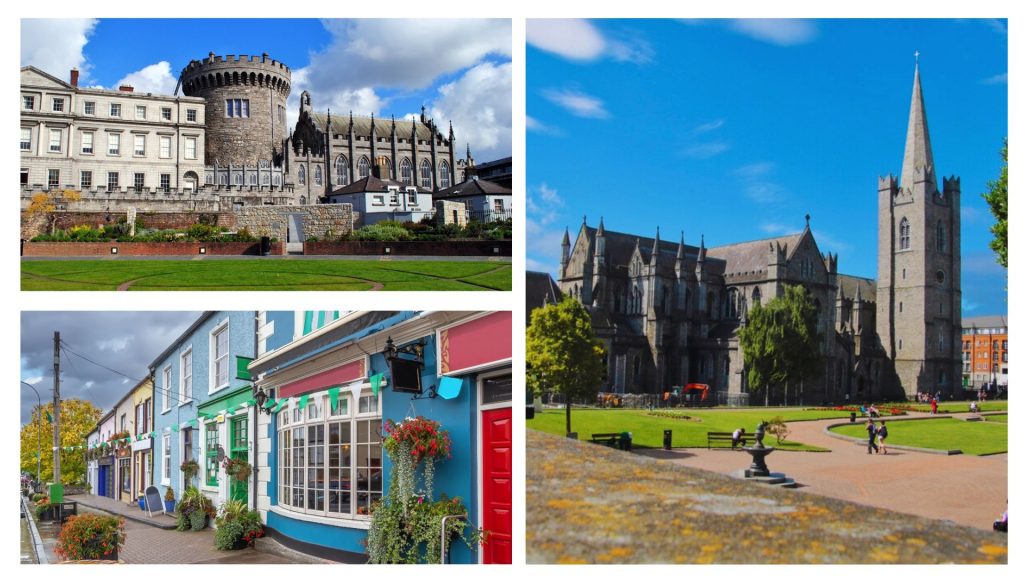
4. Culture and entertainment
Ireland offers a vibrant cultural scene, from music and art festivals to exploring the Wild Atlantic Way and the iconic Cliffs of Moher. The local scene also includes traditional pubs with live music, ensuring a perfect balance between work and leisure.
Ireland Digital Nomad Visas
Ireland doesn’t offer a specific digital nomad visa, but the Stamp 0 visa is a great alternative for living legally in the country. Designed for self-sufficient individuals and remote workers, this temporary residence permit allows you to live in Ireland while working for foreign companies.
This option of digital nomad visa in Ireland of course has its advantages and limitations. It’s valid for one year with the possibility of renewal. The main requirements include a passport, private insurance, and proof of employment and financial status.
| Pros | Limitations |
| Flexible work options: Perfect for remote workers employed by companies outside Ireland.
Renewal opportunities: Extend your visa if you meet the requirements. Pathway to other visas: While in Ireland, you can explore work visa options if you secure a local job offer. | You aren’t allowed to access state benefits or work for local employers in Ireland. |
Where to live and work as a digital nomad in Ireland?
Being a digital nomad in Ireland means choosing where to live based on your preferences and budget in this charming destination. At Holafly, we recommend digital nomad-friendly environments where you can enjoy your stay while staying productive in your professional life.
Dublin: The dynamic capital
Dublin, Ireland’s capital city, is an economic and cultural hub with a cosmopolitan atmosphere and access to a modern infrastructure. With a wide range of co-working spaces in Ireland, it’s an excellent city for remote working. Dublin’s vibrant night-life, numerous public spaces, and rich history make it a must-visit destination—and a great place to stay for a while. Keep in mind that living in this city requires a higher budget, as rent in the city centre can exceed $2,000 per month.
Cork: The gastronomic capital
Located in the south, Cork combines a welcoming community feel with dynamic city life. The city has a more leisurely pace that escapes the typical city bustle without losing access to modern amenities. Living here is less expensive than in Dublin but costs are still high compared to other European cities. It’s surrounded by stunning natural landscapes, including the Atlantic coast and historic sites like Blarney Castle, where you can kiss the legendary stone said to grant the gift of eloquence.
Cork hosts a variety of cultural events throughout the year, such as the Cork Jazz Festival and the Film Festival, which attract visitors from all over the world. Night-life is lively, though less intense than in Dublin, with traditional pubs where you can enjoy live music.
Galway: A destination full of art and life
Galway is known as the “cultural capital of Ireland” due to its wealth of festivals, such as the Galway International Arts Festival and the Galway Film Fleadh, which attract artists and visitors from all over the world. Its cobbled streets are lined with musicians, art galleries, cosy cafés and traditional pubs. Surrounded by natural wonders like Connemara National Park and the iconic Cliffs of Moher, Galway blends vibrant city life with stunning landscapes.
Although it’s a small city, Galway offers a great balance between cost of living and quality of life, with more affordable housing than Dublin. Its young and multicultural community, driven by students and artists, makes it an ideal destination for a digital nomad in Ireland looking for a relaxed and enriching lifestyle.

Limerick: A balance between economy and quality of life
Located in southwest Ireland, Limerick is a small yet vibrant city—perfect for digital nomads looking to save money without sacrificing quality of life. Recognised as one of Ireland’s most affordable cities, Limerick offers budget-friendly rentals, particularly when compared to Dublin or Galway..
Limerick has a rich historical background, showcased in sites like King John’s Castle and St. Mary’s Cathedral, along with its proximity to the River Shannon, offering beautiful scenery to explore. Although its cultural life isn’t as active as Galway’s, the city still organizes local events and festivals that highlight Irish pride.
Accommodation options for digital nomads in Ireland
Accommodation options for digital nomads in Ireland range from traditional rentals to innovative alternatives such as co-living, adapted to different budgets and needs. Here, we highlight the best alternatives for living comfortably and practically as a digital nomad in Ireland.
Co-living spaces
Co-livings are a top choice for digital nomads, offering cozy spaces that promote interaction, cultural exchange, and community. Spaces such as Dublin Nest combine accommodation and co-working, offering both work and study facilities, high-speed internet and common areas for socialising, with prices ranging from $1,250 to $1,800 per month.
Node Living is another great option in Dublin, offering private rooms and excellent amenities, including Wi-Fi, weekly cleaning, and access to common areas like kitchens, living rooms, and co-working spaces. Prices start from $1,400 per month. Residents enjoy monthly social events and have the opportunity to network with other international professionals.

Hotels and hostels
Hostels are an economical option, particularly if you’re traveling for a short period. In Dublin and Cork, you can find options with good internet connection and shared workspaces from $35 per night. Hotels, though more expensive, are perfect for short stays or when you need complete privacy.
Shared flats and houses
On platforms such as Flatio and Airbnb there are monthly rental options that include furniture and, in many cases, workspace. In cities like Galway, rent starts at $850 per month for a shared flat, while a full flat in Dublin costs over $1,500.
Outstanding co-working spaces
In Ireland, co-working spaces are vital for digital nomads, and offer not only great facilities but also valuable networking opportunities.
- The Tara Building (Dublin): This hip, creative space in Dublin offers memberships from $180 per month and access to networking events.
- Republic of Work (Cork): Popular with entrepreneurs and freelancers, with flexible rates starting from $35 per day or $350 per month.
- Portershed (Galway): An innovative place with a focus on technology and start-ups, perfect if you’re looking for a dynamic environment. Access to this space ranges from $35 per day to $300 per month.
Internet speed in Ireland
Ireland is known for its advanced digital infrastructure, with internet speeds in Ireland among the best in Europe. Broadband speeds average 100 Mbps, with some urban areas offering fiber-optic connections exceeding 1 Gbps.
With Holafly you have access to the internet without borders in Ireland. Activate your eSIM unlimited data and enjoy the connection you need at the best price!
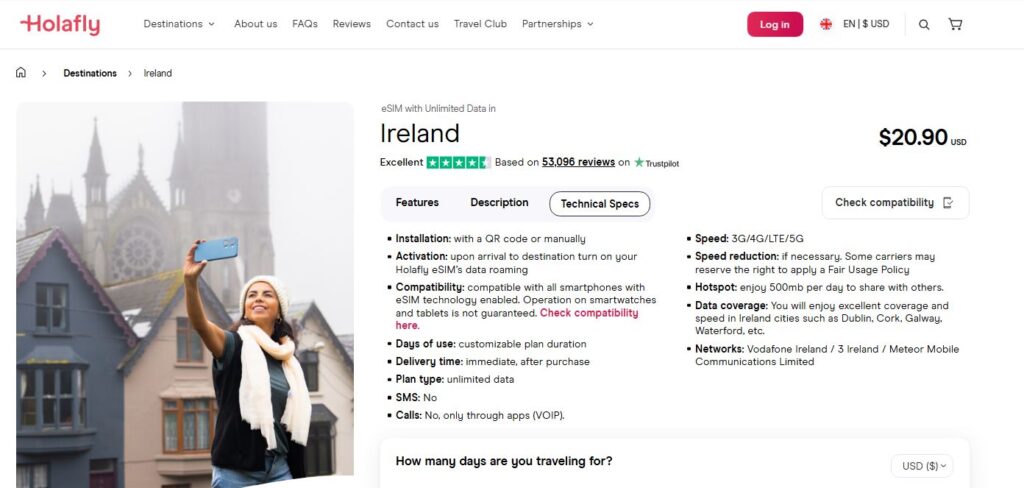
Taxes for digital nomads in Ireland
The taxation of digital nomads in Ireland is subject to tax considerations when residing and working in the country. To become a tax resident in Ireland, stay over 183 days in one year or 280 days across two years.
Ireland’s double taxation agreements help digital nomads avoid paying taxes twice if they have ties to multiple countries.
Some of the countries Ireland has double taxation treaties with include:
- USA
- UK
- Canada
- Australia
- Germany
- France
- Spain
- Italy
- India
- China
- Japan
- Mexico
Health insurance and health service in Ireland
Ireland has a public health system, the Health Service Executive (HSE), which provides basic health care that’s primarily aimed at Irish citizens and permanent residents. Foreigners can access public healthcare, but long wait times and extra costs make private health insurance a more practical option.
For digital nomads in Ireland, companies like VHI Healthcare, Laya Healthcare, and Irish Life Health are popular private health insurance options, covering private hospital care, specialist consultations, and emergencies. It’s recommended to choose a plan with international coverage if you plan to travel, typically ranging from $45 to $120 per month. There are health insurance options for remote workers, like SafetyWing, offering international coverage for digital nomads starting at $40 per month.
Basic expenses of a digital nomad in Ireland
Transport and mobility
If you’re a digital nomad in Ireland and plan to drive, travellers with EU driving licences can use their licence without restrictions. Otherwise, they can use their foreign license for the first 12 months.
In terms of public transport in Ireland, Dublin has an excellent network of buses, trams (Luas) and trains (DART) that allow you to move freely around the city. On average, a bus ticket in Dublin costs between $2 and $3 dollars. For longer journeys, train or intercity bus is an affordable option
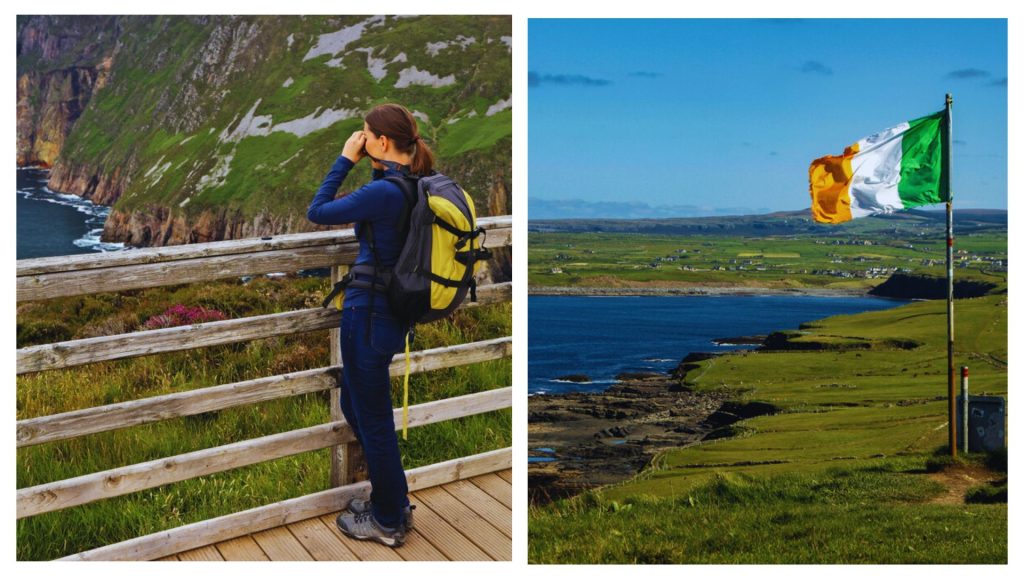
Financial management
The most recommended banks for foreigners in Ireland include Bank of Ireland, AIB (Allied Irish Banks), and Ulster Bank, which offer full services from current accounts to credit cards. In addition, digital banks such as Revolut y N26 are popular due to their ease of use and low international transaction fees.
ATMs are available nationwide, and international cards work smoothly. However, some banks may impose additional fees for withdrawals outside the Eurozone. Make sure bank cards are suitable for international payments without high fees.
Food costs
The cost of food in Ireland can be somewhat high compared to other European countries. The most common supermarkets are Tesco, SuperValu, and Dunnes Stores, where you can find local and international products. On average, a monthly bill for one person can cost between $220 and $330. Eating out can vary: A meal in a mid-range restaurant can cost between $13 and $22. If you prefer to eat in local markets or informal cafés, the cost per meal is usually between $8 and $11.
Entertainment and Leisure
Ireland is famous for its lush nature and rich history, so you’ll always have something to do, no matter where you live. From exploring the Cliffs of Moher and Killarney National Park, to dancing non-stop at Dublin’s music and arts festivals. Festivals like the Dublin Theatre Festival and the Galway International Arts Festival are just a few examples of events that draw both locals and tourists. For sports fans, rugby and Gaelic football are deeply rooted in Irish culture.

Important: If you are a frequent traveler and want to stay connected without worrying about expensive roaming or looking for a new SIM at every destination, Holafly’s subscription plans are for you. With a single eSIM, enjoy internet in more than 170 countries for a fixed price and no surprises on your bill. travel without limits and connect easily and securely! 🚀🌍

Best seasons to stay in Ireland
As a digital nomad in Ireland, you should be ready for frequent rain and cloudy skies, especially during the winter months. The temperature is four to 8ºC while in summer the weather is mild but unpredictable and the temperature rarely exceeds 20ºC.
The best time to live in or visit Ireland depends on the activities you are interested in. If you love outdoor activities, spring and summer are perfect because they bring warmer weather and extended daylight hours. The months of May to September are perfect for exploring nature and enjoying outdoor festivals. If you prefer a quieter experience, in autumn and winter there are fewer tourists and lower prices for accommodation and activities
Living in Ireland, wearing the right clothes for the weather can make all the difference to your stay. Waterproof jackets, waterproof boots and a good umbrella are essential. It’s also advisable to bring warm clothes, especially if you plan to stay during the winter.
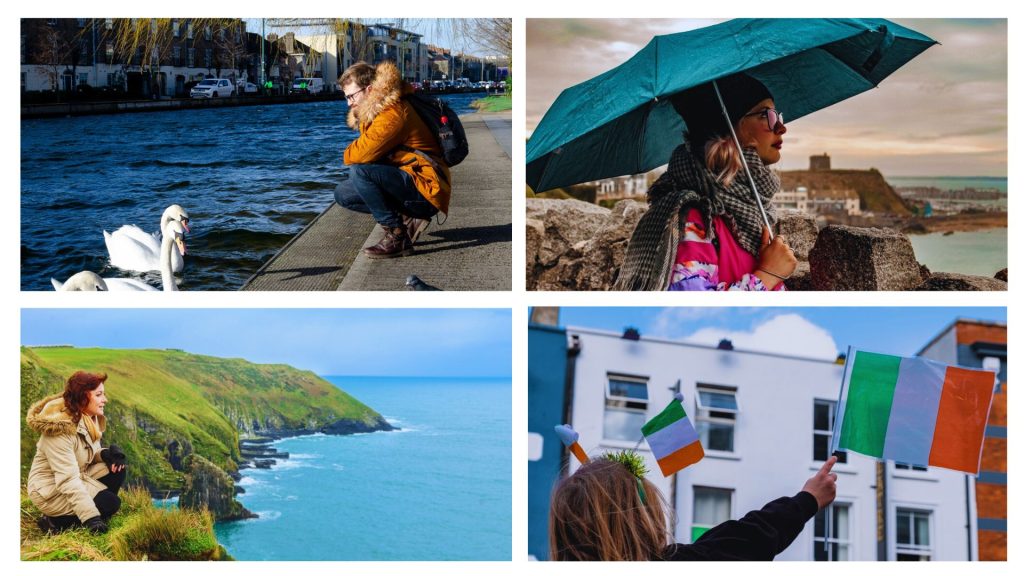
Cost of living as a digital nomad in Ireland
When analysing the cost of living in Ireland, Dublin and Cork are popular choices. However, Galway and Limerick offer affordability without sacrificing quality services.
TConsidering factors like accommodation, food, transportation, and leisure, a digital nomad in Dublin may need between $1,800 and $2,900 per month. In smaller cities like Limerick or Galway, the budget can range from $1,300 to $2,500.
| Category | Dublin (Dollars) | Cork (Dollars) | Galway (Dollars) | Limerick (Dollars) |
| Monthly rent (private room) | 1,500 – 2,000 | 1,200 -1,800. | 850 -1,500. | 800 -1,200. |
| Co-working | 200 – 400 | 150 – 300 | 180 – 300 | 150 – 250 |
| Food | 250 – 350 | 200 – 300 | 220 – 330 | 180 – 250 |
| Meals in restaurants | 12 – 25 | 10 – 20 | 10 – 20 | 10 – 18 |
| Public transport | 120 – 150 | 100 – 120 | 80 – 100 | 70 – 90 |
| Entertainment activities | 100 – 200 | 80 – 150 | 80 – 150 | 70 – 120 |
| Approximate monthly total | 2,300 -2,900. | 1,800 – 2,600 | 1,600 -2,500. | 1,300 – 1,900 |
Ireland is waiting for you, and Holafly connects you. Travel stress-free and stay connected with your Holafly eSIM for Ireland, focusing on enjoying your digital nomad experience.






 Language
Language 


















 No results found
No results found







